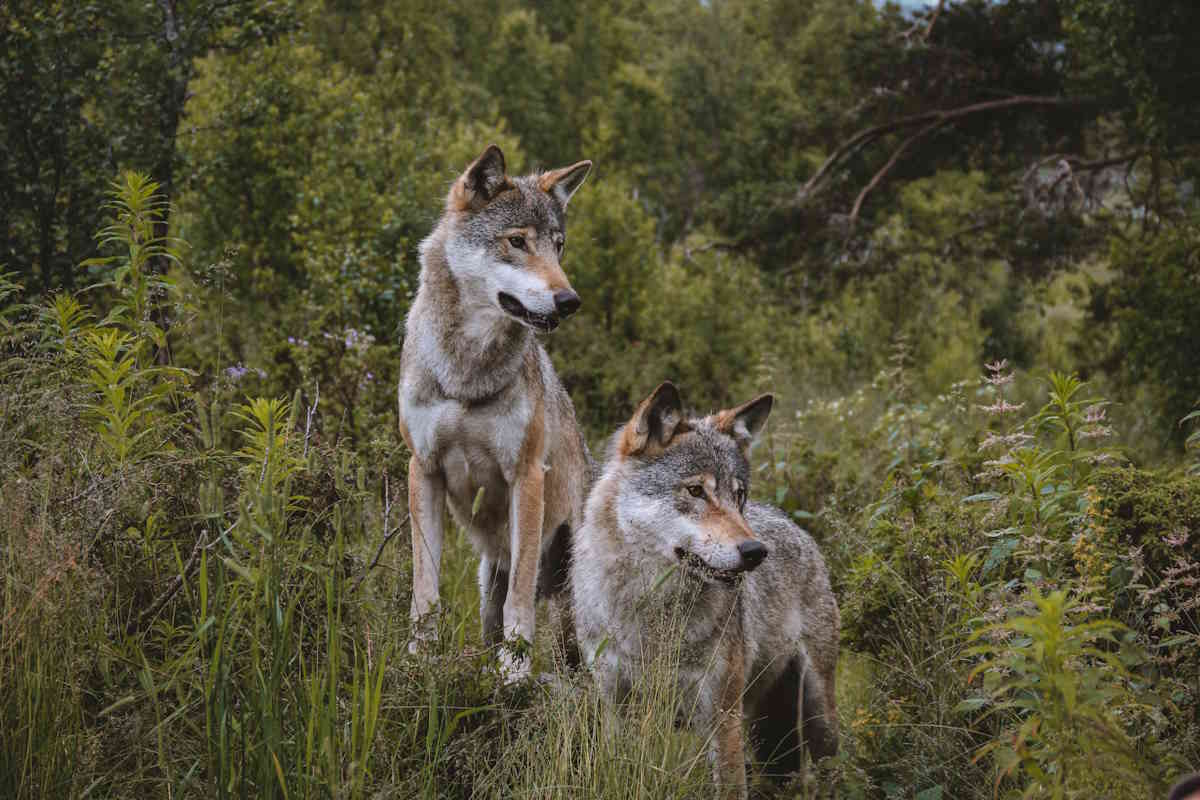NASA's groundbreaking project to combat climate change by injecting ice into the atmosphere, an ingenious strategy that aims to cool the planet.

As the world grapples with the escalating challenge of climate change, scientists and researchers globally are in a relentless quest for innovative solutions to combat this pervasive issue. Among various propositions, one particularly original project by NASA has sparked widespread discussion: the plan to launch ice into the atmosphere in an attempt to cool the planet.
A novel approach to combating global warming
This groundbreaking strategy involves the dispatch of millions of tons of ice into Earth’s atmosphere. At first glance, this might seem simplistic, but it is underpinned by a significant depth of complexity and study. The method aims to cool the planet through an artificial cooling mechanism, a concept that, though it may sound like the fantasy of a child, represents an ingenious solution to tackle global warming.
The plan entails the use of aircraft flying at altitudes above 17,000 meters, well beyond the cruising altitude of commercial airplanes, to disperse ice in the upper atmosphere. This process is expected to lead to the immediate freezing of water, which would then fall back to Earth, helping to remove excess water vapor. Once transformed into greenhouse gas, water vapor retains heat in the atmosphere, contributing to the rise in global temperatures.
Collaboration between NASA and NOAA
In partnership with the National Oceanic and Atmospheric Administration (NOAA), NASA is exploring this strategy as a last resort to combat climate change. While not a definitive solution, the goal is to buy precious time, improving global climate conditions while efforts are made to reverse current trends. This proposal falls within the realm of geoengineering, a field that raises considerable concerns due to the potential side effects of its applications.
Although this intervention could provide temporary relief from the effects of carbon dioxide, it would not eliminate the need to reduce pollutant emissions, a critical step in addressing the root causes of the climate issue. Joshua Schwarz, a physicist at NOAA and lead author of a study published in Science Advances, emphasized that the project is purely theoretical at this stage and requires further research to assess its feasibility:
“It’s not something we can implement right away. It’s about exploring what might be possible in the future and identifying research directions.”
The plan includes introducing ice particles just below the stratosphere, where water vapor slowly ascends, acting as a primary greenhouse gas.
Despite the ingenuity of the approach, experts remain cautious. Andrew Weaver, a climate scientist at the University of Victoria, has expressed doubts about the practice of addressing the symptoms of climate change without directly tackling its causes, such as CO2 emissions.
Source: Science Advances

